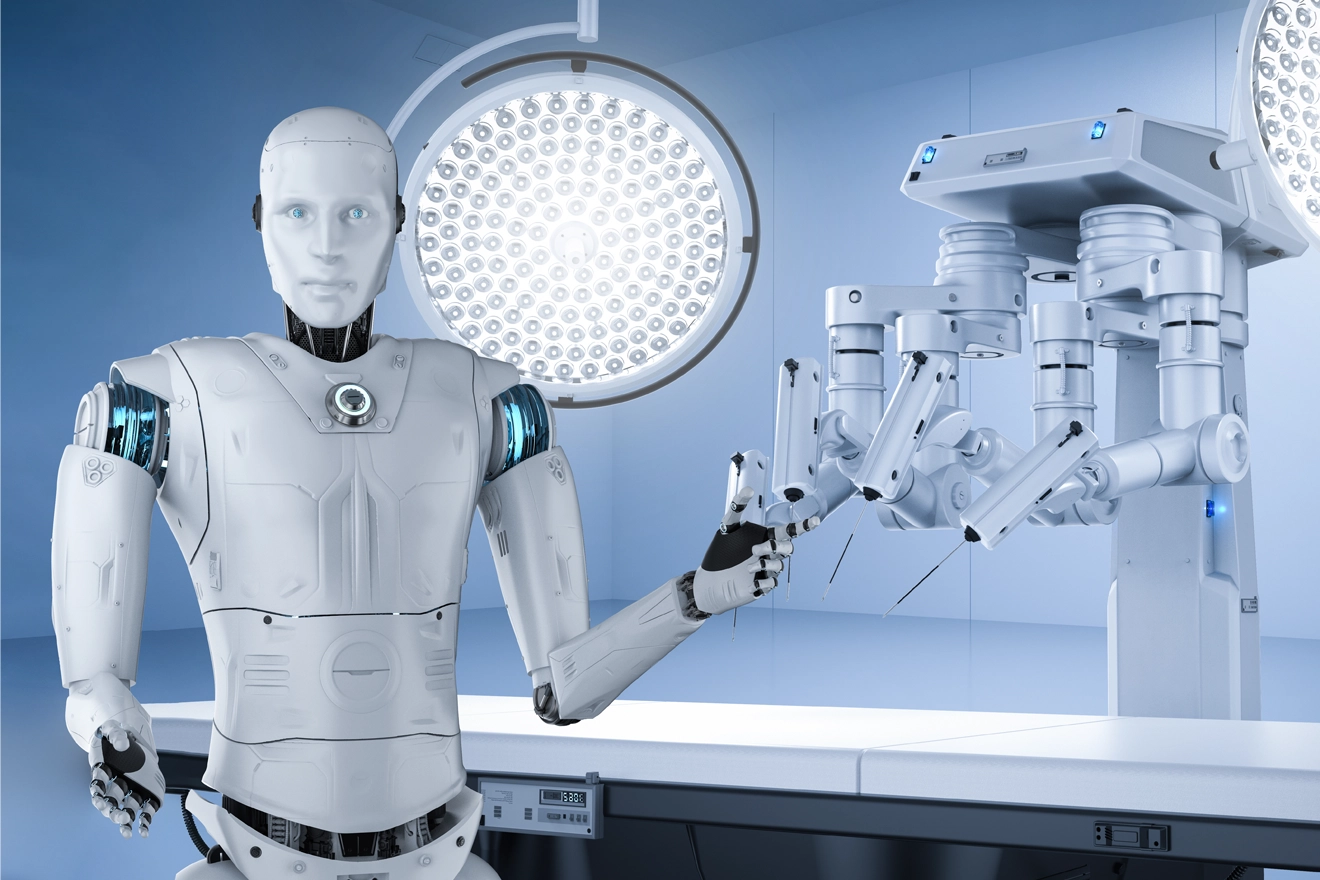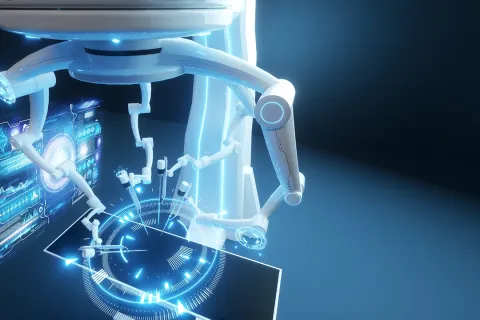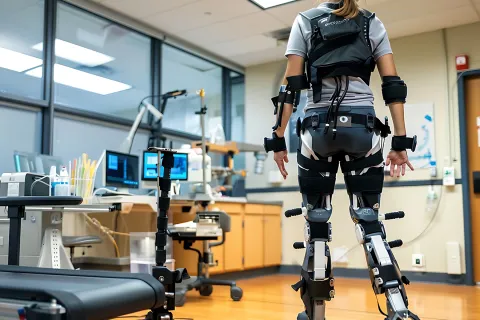
Software and Artificial Intelligence (AI) play an important role in the medical device sector, with a fast-developing and wide set of applications in the health care system. Most of the applications will be regulated as medical devices and can range from screening to diagnosis to treatment and management of chronic conditions. However, alongside the rapid developments, Regulatory Agencies update the measures to further protect patient safety and ensure device efficiency.
In recent times, MHRA has developed an extensive work program, which provides Regulatory changes across the software as a medical device lifecycle from qualification to classification to pre-and post-market requirements. The changes provided in this program are expected to deliver a high degree of protection for patients and intend to ensure that the UK is the home of responsible innovation for medical device software. The program also considers opportunities and challenges posed by software and AI as a medical device and ensure the devices are appropriately evidenced and addressed for issues of human interpretability. What are those changes? Let’s explore.
SaMD Changes
Qualification
- To protect patients, ensure the medical device regulations capture sufficient breadth of software.
- To regulate SaMD effectively and proportionately, ensure there is sufficient clarity and flexibility of qualification.
Classification
- Ensure the classification rules closely track the risks that specific SaMD poses to patient safety and impose safety and performance requirements proportionate to the risk SaMD applications pose.
- To understand and investigate the risk profile of novel devices, ensure that classification rules provide sufficient flexibility.
Pre-market
- Before market entry, one must ensure the SaMD is safe, effective, and of good quality. Also, the pre-market requirements like clinical evidence and clinical investigations must be clear and appropriate for the SaMD.
- To support a robust post-market surveillance system for SaMD, ensure that any pre-market submissions must include appropriate registration requirements.
Post-market
- A robust post-market surveillance system producing a strong and clear safety signal must be implemented to allow a quick and thorough capture of SaMD adverse incidents.
Cyber Secure Medical Devices
- Ensure that cybersecurity is adequately reflected in SaMD pre-market and post-market surveillance requirements.
- Articulate how cybersecurity issues can translate to SaMD safety issues.
SaMD Airlock
- To allow timely access of novel and innovative SaMD to market for further studies and monitoring, explore if there is a need for an “airlock classification rule.”
- If the classification rule is needed, articulate the criteria that are eligible for this rule, how it might function, and when the rule may cease to apply.
- If a SaMD airlock rule is articulated, ensure it fits in with other pathways and Regulatory processes and does not overlap with other classification rules.
AI Changes
Project AI RIG (Artificial Intelligence Rigour)
- To ensure the safety and effectiveness of AI as a medical device (AIaMD) placed on the market, one must utilize existing and broadly accepted frameworks.
- Develop technical methods to test AIaMD for its safety and effectiveness.
Project Glass Box (AI Interpretability)
- Have a clear understanding of how opacity in AIaMD can translate into safety or effectiveness issues.
- Develop AIaMD interpretability frameworks to ensure the AI models are properly validated and sufficiently transparent to be robust.
The MHRA plans to deliver the above key elements from autumn 2021 to summer 2023, and more details on further changes and timelines for deliverables will be available in the coming months. The SaMD and AIaMD manufacturers willing to enter the UK market must ensure to implement the above changes for compliance. Get in touch with a proven Regulatory expert like Freyr to avoid Regulatory roadblocks. Contact us now! Stay informed. Stay compliant.









